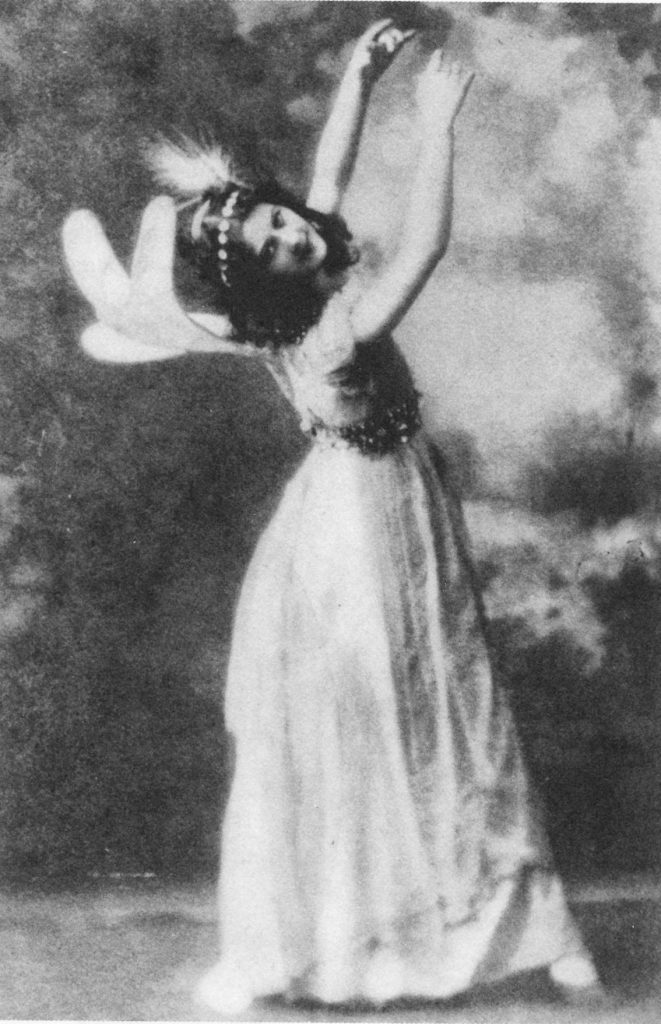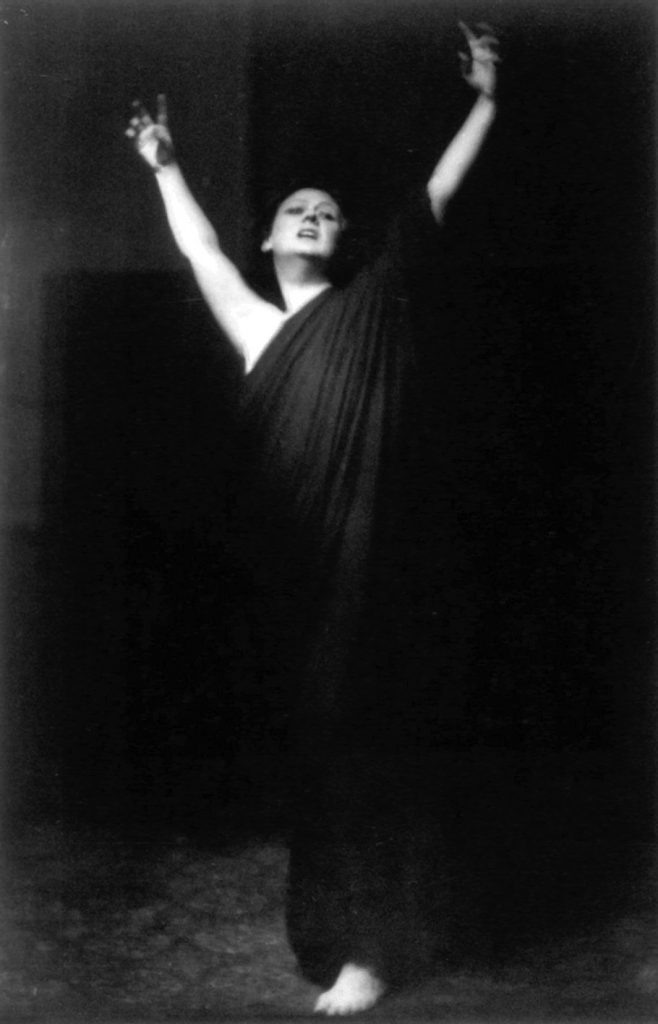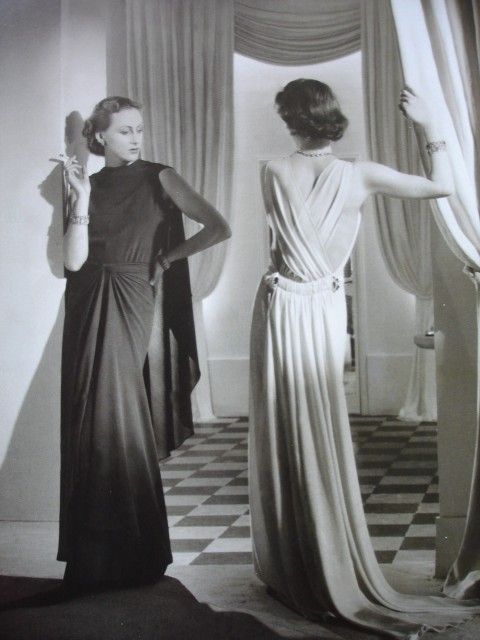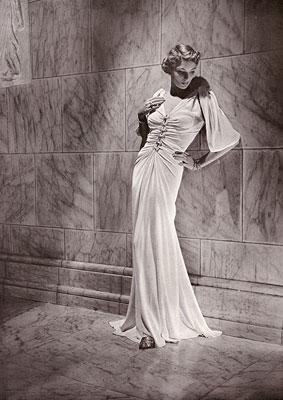Discover the individuals that have shaped the Firm’s creative director and designer’s aesthetics, philosophy and work in the series ICONS.
Inspired by Isadora Duncan’s free dance that imitates nature and the relationship between body and music, Madeleine Vionnet revolutionized fashion in the 1910s. Her ethereal garments, which followed the natural lines of anatomy, contrasted with the conceptual and formal rigidity of the fashion of the times.
The dancer Isadora Duncan | Ballerinas performing a dance inspired by her legacy
Along with Chanel and Lanvin, Vionnet is part of the small group of revolutionary women of fashion at the turn of the century, entrepreneurs at a time when few female entrepreneurial figures were seen. Each in its own way, freed women from the rigid structures of Belle Époque’s clothing and gave them freedom of movement.
Her so recognizable style stands out for the use of a bias cut (cutting the pieces of fabric diagonally, obtaining an elastic piece of a fabric that is not). This new technique is what allowed her dresses to adapt to the body and be more comfortable, achieving a silhouette reminiscent of the Grecian-draped dresses.
The loss of the corset is usually attributed to Coco Chanel or Paul Poiret, but Madeleine Vionnet had already disposed of it and was making fluid, flared and ethereal dresses as early as in 1912. It was in this year that she opened the doors of her own business in the French capital and from which she reached the zenith of her career in the interwar period, after a brief closure during the First World War.
But the blow of the second World War did not allow the maison Vionnet to continue, and at age 63 she closed down the business. However, her legacy has survived after decades and she is recognized as one of the key figures in fashion history.
The brand was acquired in 1988 and since 2002 it has gone through different hands and creative directions, with names like Sophia Kokosalaki, Lady Goga or Hussein Chalayan. Among her modern admirers are figures such as Azzedine Alaïa and John Galliano, or the Firm’s creative director herself, Yolanda Pérez. It is for the sculptural way of building her pieces and for her creation process on mannequins (on dolls, to be exact) that Madeleine Vionnet is known as the architect of fashion.







